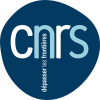Vous êtes ici : Accueil › Comparison between UV index measurements performed by research-grade and consumer-products instruments
Comparison between UV index measurements performed by research-grade and consumer-products instruments
Abstract
Ultraviolet radiation (UVR) exposure, skin cancer and other related diseases are not just subjects of scientific literature. Nowadays, these themes are also discussed on television, newspapers and magazines for the general public. Consequently, the interest in prevention of sun overexposure is increasing, as the knowledge of photoprotection methods and UVR levels. The ultraviolet index (UVI) is a well-known tool recommended by the World Health Organization to avoid harmful effects of UV sunlight. UVI forecasts are provided by many national meteorological services, but local UVI measurements can provide a more realistic and appropriate evaluation of UVR levels. Indeed, as scientific instruments are very expensive and difficult to manipulate, several manufacturers and retail shops offer cheap and simple non-scientific instruments for UVI measurements, sometimes included in objects of everyday life, such as watches, outfits and hand-held instruments. In this work, we compare measurements provided by several commercial non-scientific instruments with data provided by a Bentham spectrometer, a very accurate sensor used for UV measurements. Results show that only a few of the instruments analyzed provide trustworthy UVI measurements.
de Paula Corrêa, M., Godin-Beekmann, S., Haeffelin, M., Brogniez, C., Verschaeve, F., Saiag, P., ... & Mahé, E. (2010). Comparison between UV index measurements performed by research-grade and consumer-products instruments. Photochemical & Photobiological Sciences, 9(4), 459-463.







